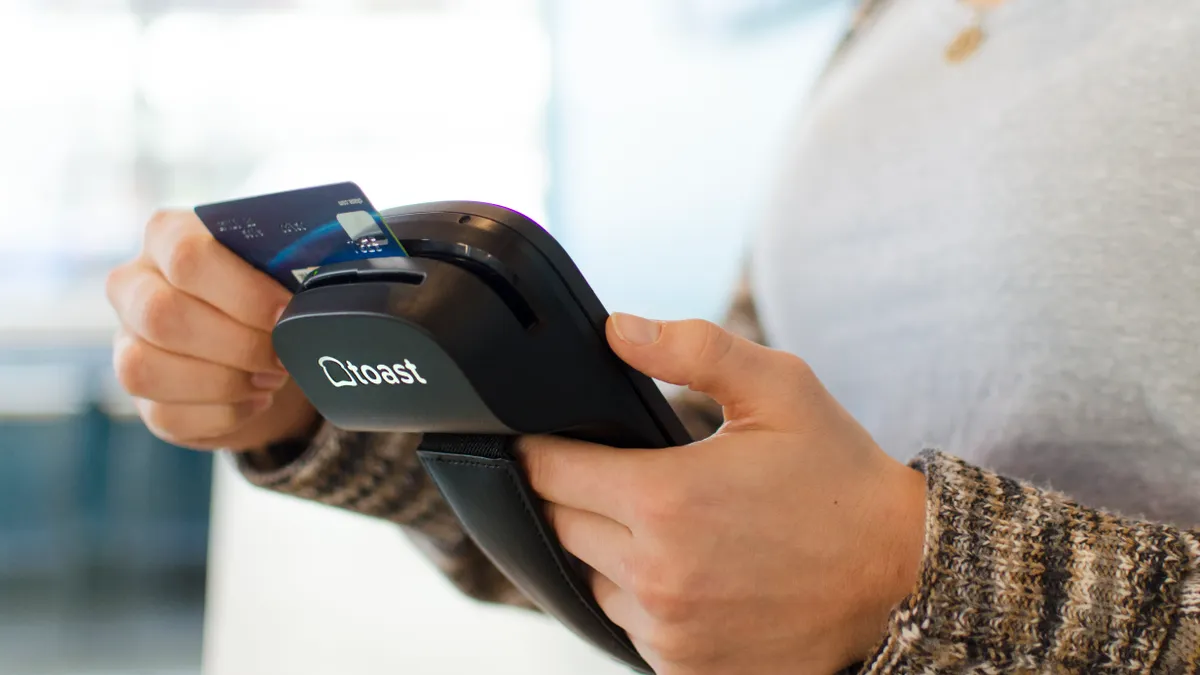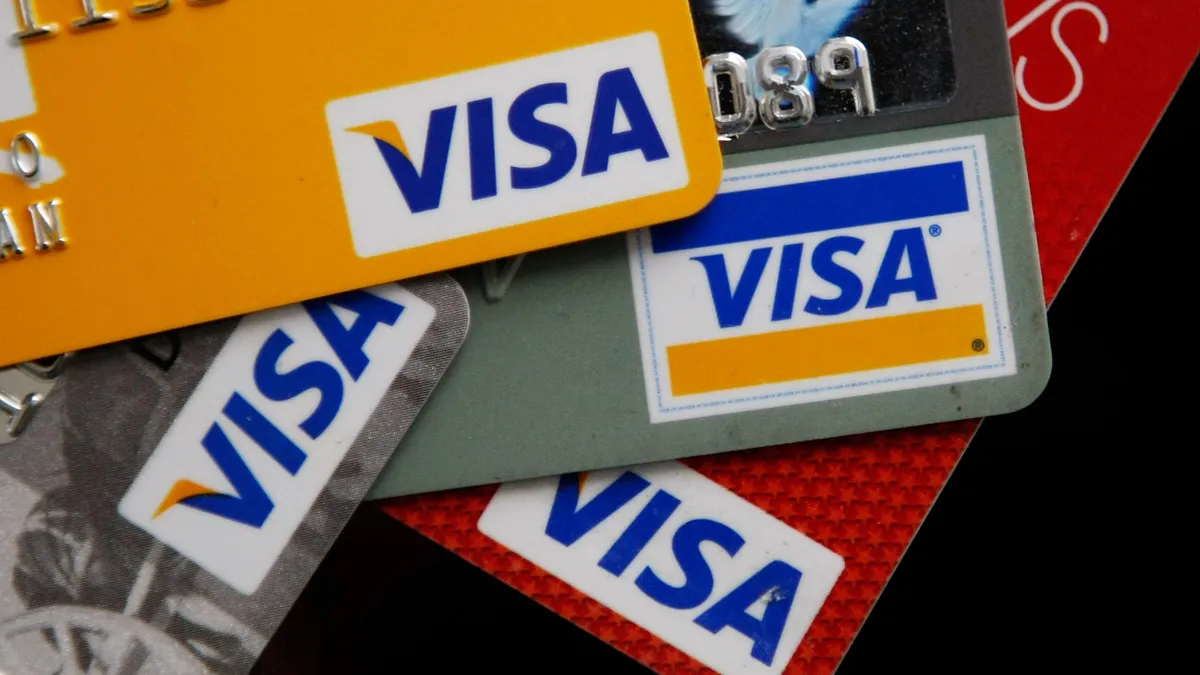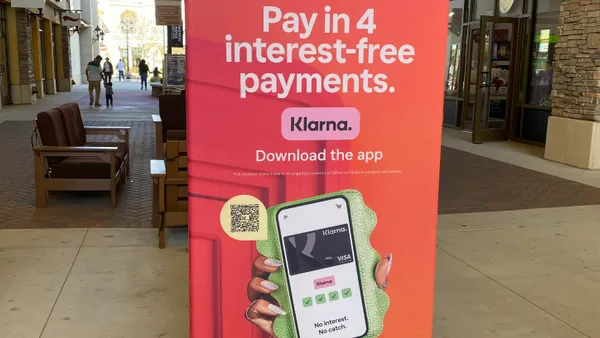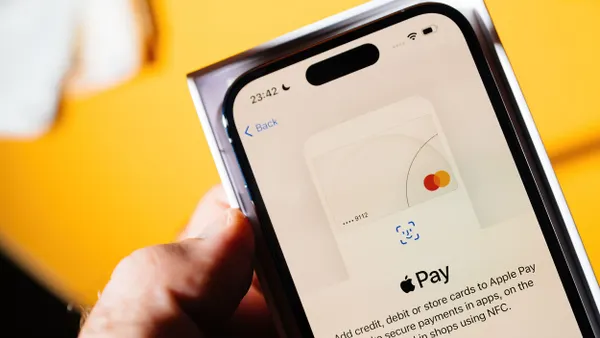Dive Brief:
- Toast began trading on the New York Stock Exchange Wednesday, offering over 21.7 million Class A common shares at a price per share of $40, according to a press release. The initial public offering, which is expected to close on Friday, would garner nearly $870 million at that share price.
- Toast's IPO becomes one of the largest of the year in the restaurant technology space, delivering a company valuation of $20 billion.
- Toast expects restaurants to increase technology spending to $55 billion by 2024, more than doubling the $25 billion spent in 2019, it said in its S-1 filing.
Dive Insight:
Toast's stock debut came two days after the restaurant tech company raised its expected IPO price to a range between $34 and $36, up from $30 to $33. The company said it would initially offer about 22 million shares, which would result in a maximum of $782 million raised. When Toast first filed for the public offering in August, it originally anticipated a $100 million offering.
The company's Class B shareholders, including top Toast executives and venture investors such as Tiger Global, will control the Boston-based company by virtue of having ten votes per share for every one vote that the Class A shares confer.
During the company's roadshow, investors were very receptive to Toast's offerings, Steve Fredette, Toast president and co-founder, said in an interview. "Restaurants are historically underserved by technology," Fredette said. "I think the investor community has just woken up to that."
While Toast was hit particularly hard during the pandemic last year — it laid off and furloughed half its staff — its IPO reflects the company's resilience. The company quickly transitioned to provide more online ordering options to restaurants as they pivoted to off-premise and contactless ordering options. During the pandemic, the firm launched Toast Now, a digital-only platform that allows restaurants to quickly activate online ordering, delivery, gift card and email marketing capabilities, the company said in its S-1 filing. It also offered a suite of contactless order and pay solutions, including QR codes in April.
In 2019 and 2020, Toast posted net losses of $209 million and $248 million, respectively, according to the filing. The business was incorporated in late 2011.
Toast had been working on order and pay and digital ordering prior to the pandemic, but the COVID-19 crisis helped accelerate a lot of technology, Fredette said.
"The success that we've been able to have throughout the recovery is something that we've been building for a decade. So that really does make a big difference in our ability to understand what the restaurant industry needs," Fredette said.
The pandemic also accelerated some changes in Toast's business that have made it more flexible more scalable, he said. There has been a huge shift recently toward self-install and remote install, which was an easier model for customers as well as a more efficient model for Toast as a business, Fredette said.
"We took a hit with everybody else and then we went right back into growth mode," Fredette said. "What we saw is restaurants continue to be much more resilient than anybody, even ourselves, might have thought and bounced back."
This shift helped the company regain momentum. It grew to service 48,000 restaurant locations as of June 30, 2021, up 45% from about 33,000 restaurant locations as of June 30, 2020.
"To bring the end-to-end platform that we've built for restaurants to the restaurant community, that's going to take more investment, and we think there's more opportunity to add to the product platform," Fredette said, adding that continued investment can help it bulk up its point-of-sales operations, digital ordering, delivery, marketing, employee engagement and financial technology.
"There's a big opportunity to continue to work to help our customers to thrive," Fredette said.














